Most people in the United States need to heat their homes, even for a short duration. Because the length of heating seasons, the average low temperatures, accessibility of fuel sources, and other factors vary depending on the home’s location, various types of heating systems exist.
Forced air heating systems are popular, and there are several types from which to choose. Furnaces come in different sizes, efficiency ratings, and stages and utilize various energy sources. There are many factors to consider when choosing a furnace for your home, which can be overwhelming. Start with learning the basics, like what is a furnace?
What is a Furnace?
A furnace is a chamber that generates heat. Furnaces are used for many purposes–smelt ore, produce steam, incinerate garbage, and heat homes. Heating furnaces burn fuel or warm electric heating elements to generate heat. The heat is transferred to the air inside the furnace and distributed to the house.
Furnaces are the most common heating source in the United States. According to a 2020 U.S. Energy Information Administration survey, 71.98 million (58%) U.S. households use furnaces as their primary heating source. Among homes that use furnaces, four main types of furnaces are used.

Find the Ideal Furnace for Your Home: View Our Products
Types of Furnaces
The four main types of furnaces are gas, electric, oil, and propane. Furnaces are categorized by the fuel they use to generate heat. Because furnaces use different fuels, each furnace differs in cost, efficiency, lifespan, maintenance, and practicality. Find your ideal furnace by learning the differences among them.
How Does a Furnace Work?
All forced-air furnaces function similarly. An energy source (gas, electricity, propane, oil) generates heat, the heat is transferred to air entering the furnace, and a fan blows the warmed air through the home’s ducts and registers.
Although all furnaces function the same way, the parts of a furnace vary depending on their energy source. Natural gas is the most popular furnace fuel. According to the United States Census Bureau, 54 million homes in the U.S are heated using natural gas. As of 2020, this number represented about 51 percent of households in the United States.
The heating cycle in a natural gas furnace begins when the thermostat senses that the room’s temperature is below the setting. The thermostat sends a signal to the furnace, and the heating process begins. The furnace's gas valve opens, and the pilot light or electronic ignitor ignites the burners to produce heat. Exhaust from the burning gas is channeled into the heat exchanger’s tubes and exits the house through the flue vent. The heat from the burners and the exhaust traveling through the heat exchanger warms the heat exchanger’s metal. Heat is transferred from the heat exchanger to the cold air entering the furnace from the return ducts. The blower motor and fan push the heated air through the home’s ductwork and heat registers. The thermostat signals the furnace to shut down when the room’s temperature reaches the setting.
Where Is My furnace?
Your furnace is located in one of the following areas:
- Basement
- Attic
- Garage
- Utility Closet
- Crawlspace
Furnaces are usually installed in a central location. Good locations to install a furnace are places with a gas line or electrical access, a pre-existing flue vent or space to install one, adequate airflow, and proper space for the unit to perform maintenance.
A basement is an ideal place for a furnace. The furnace is out of the way, yet there is adequate airflow and space around it. In a home without a basement, a furnace can be installed in an alcove in the garage, a utility room near the water heater; a large laundry room, an attic, or a crawlspace.

Find the Ideal Furnace for Your Home: View Our Products
Conclusion
There are many heating systems to choose from when selecting one for your home; a furnace is just one. Still, the popularity of furnaces can’t be denied. Furnaces are the heating system of choice for most households in the country. Furnaces are reliable and efficient heaters fueled by different energy sources and have a wide price range.
If you are replacing your heating system, the most cost-effective option will typically be the same type of system or furnace you currently have. If you are choosing a heating system for a new house, your budget, climate, and accessibility to fuel sources are vital factors to consider.


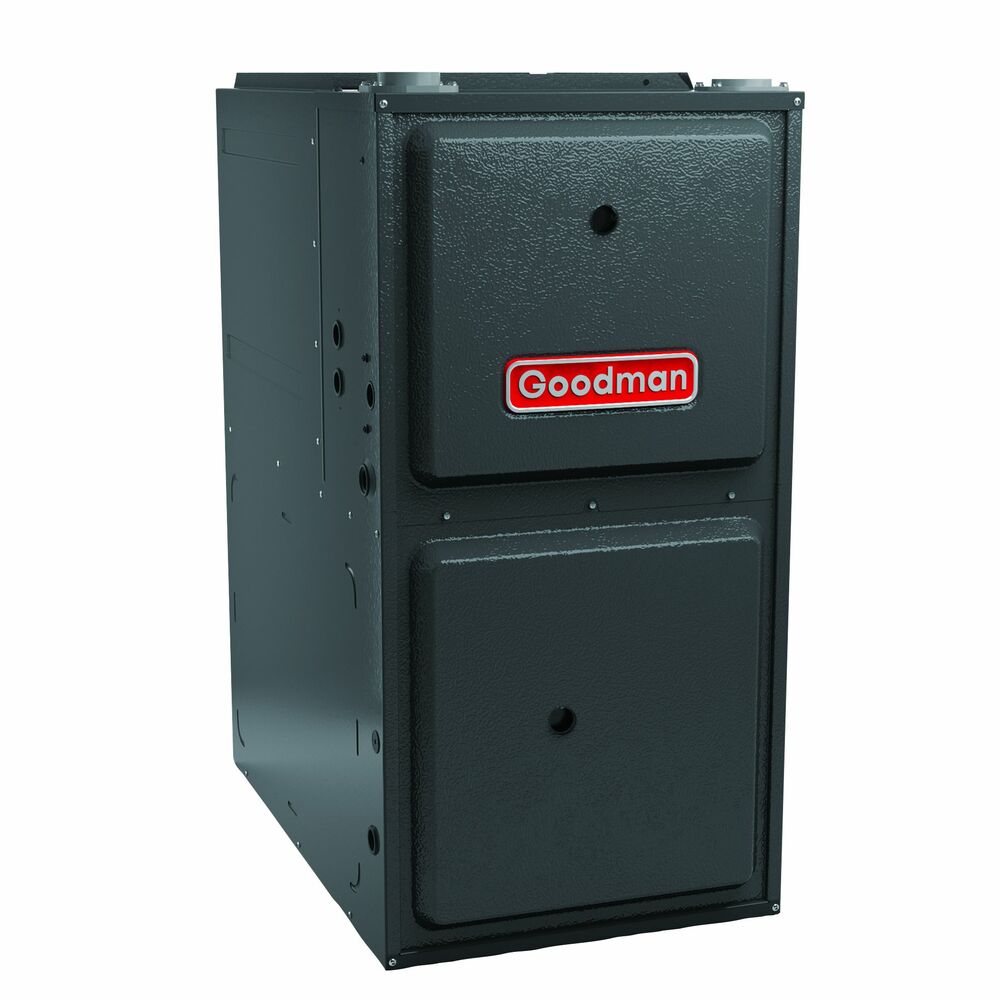
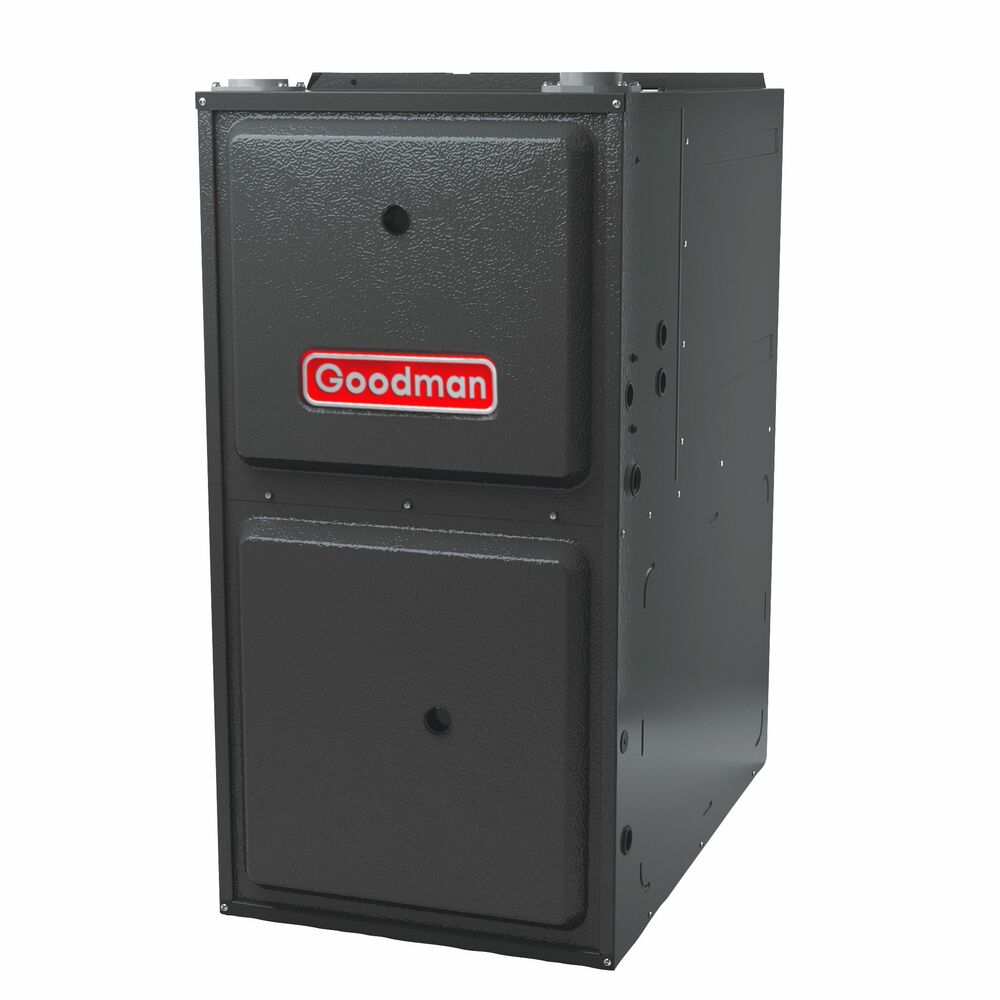
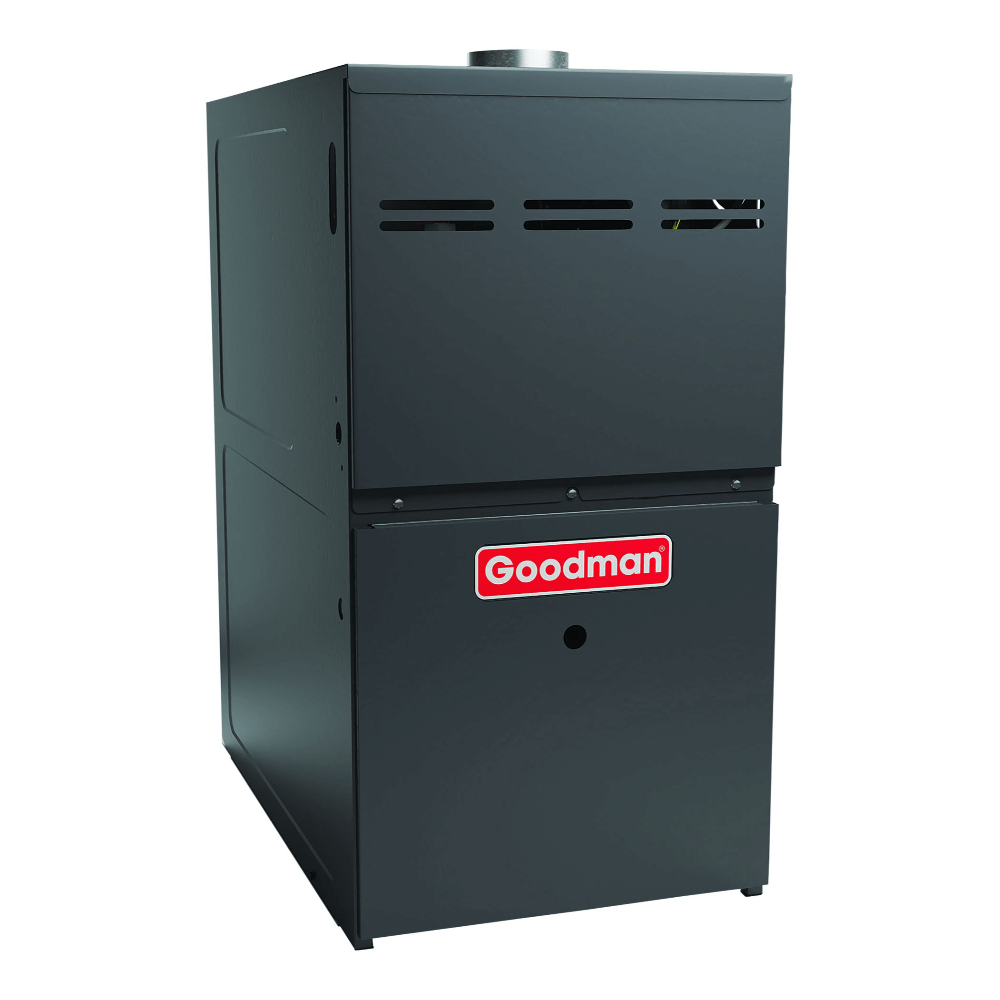
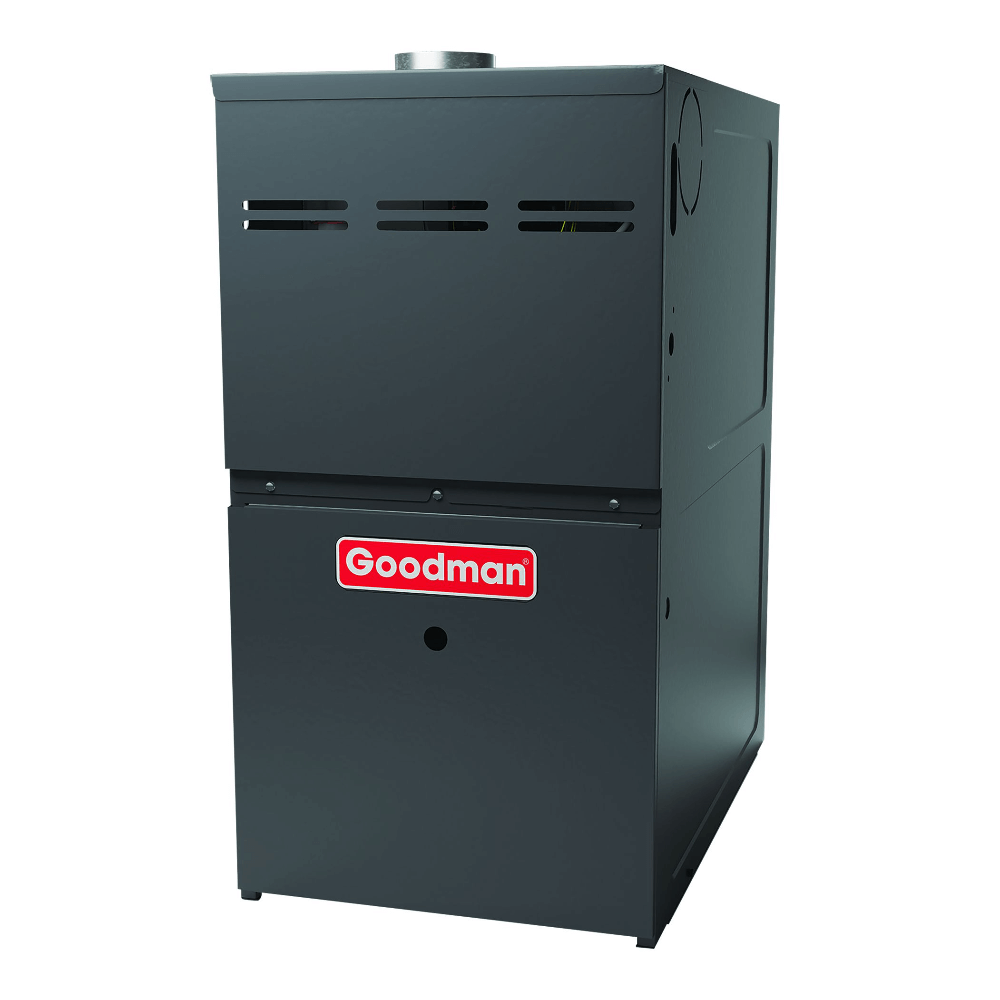
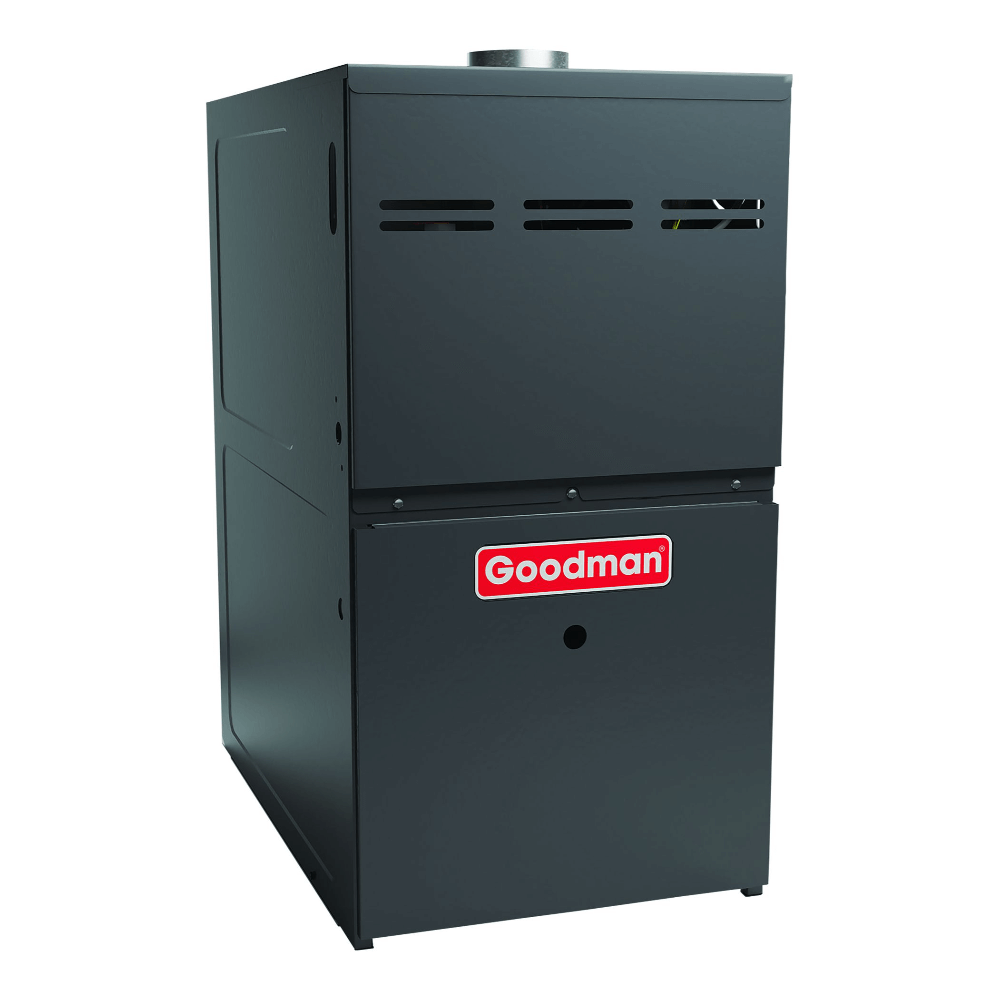
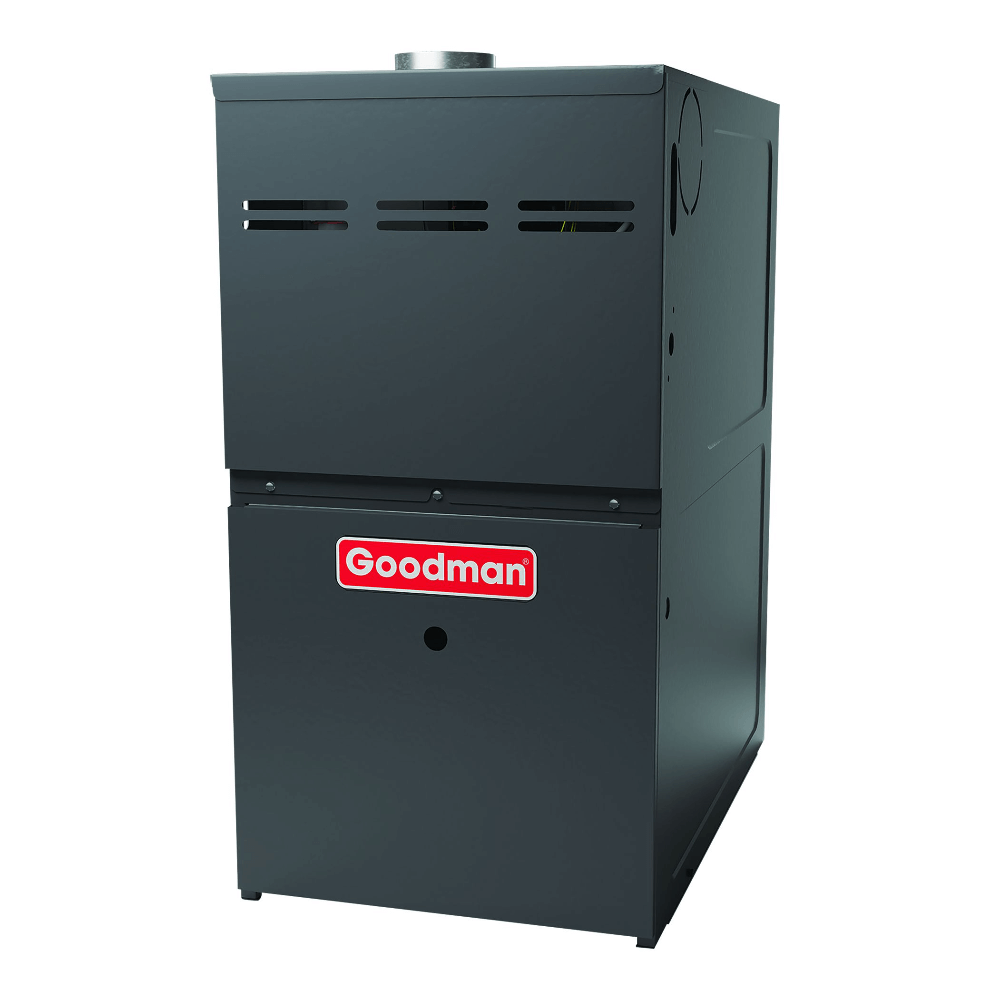
2 comments
Taylor Abrams
You know, I’ve been eyeing a furnace system replacement for a while now, and this winter seems like the perfect time to make the move. Our current one is practically from the dinosaur age – it groans, it wheezes, and I swear it’s on a first-name basis with the repair guy by now. I figure it’s time to retire the old warhorse before it decides to quit on me in the dead of winter. Thanks for explaining to me though that the components of a furnace differ based on the energy source, but natural gas is the most often used fuel for furnaces, even though all of them operate in the same way. https://www.dr-hvac.com/furnace-replacement
Elina Brooks
Thank you for letting us know that furnaces are categorized by the type of fuel they use to generate heat, such as gas, electric, oil, and propane. I recently got a new furnace installed at my new house, so I need oil delivered soon to use as fuel for it. I’ll keep this in mind while I look for a furnace oil delivery service to contact soon.